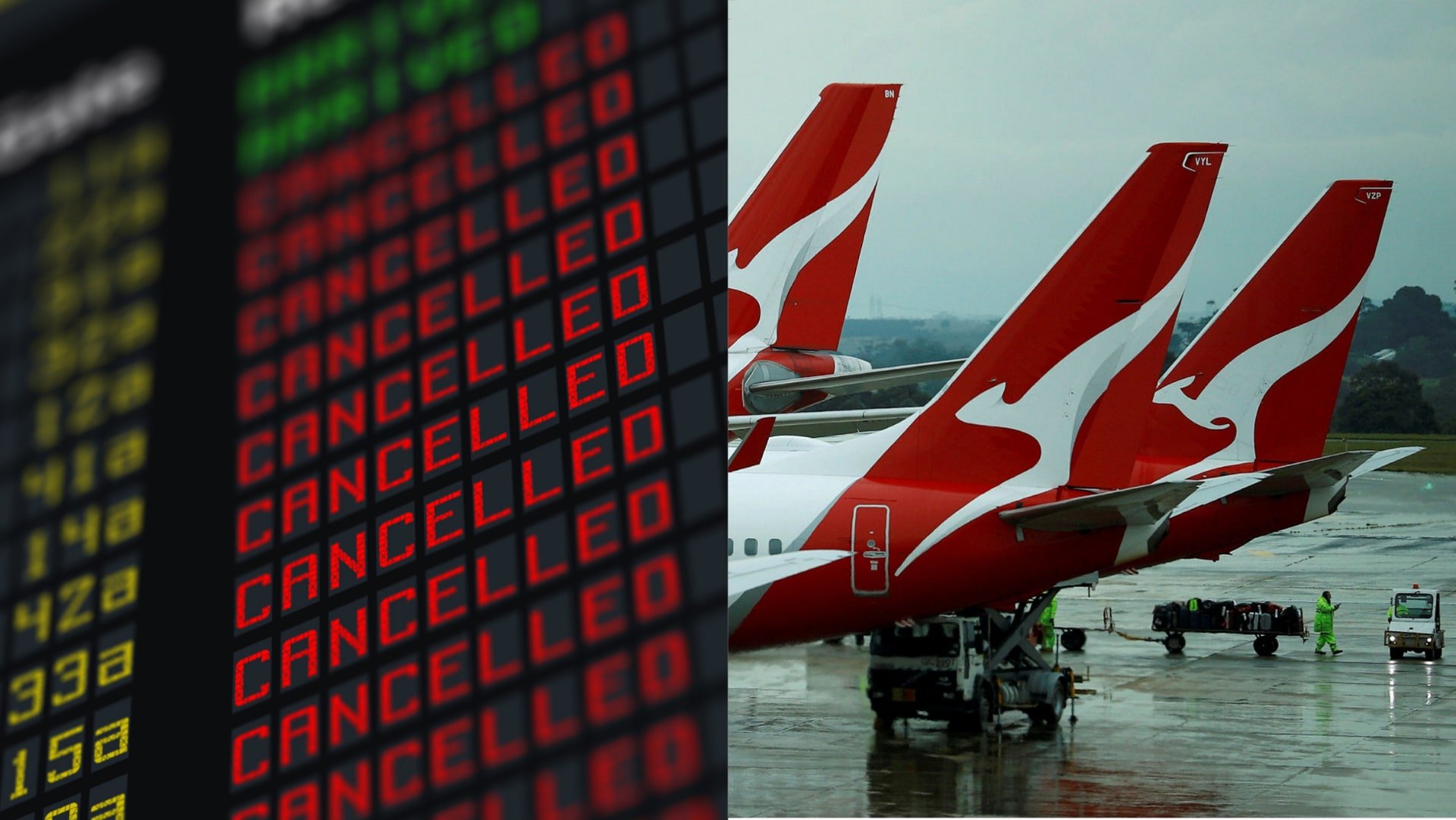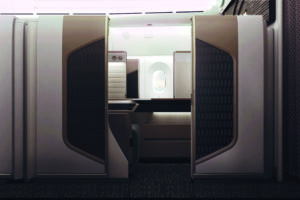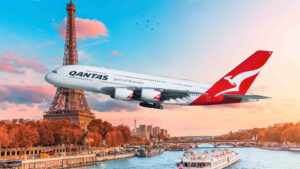A combination of dreadful weather and pent-up wanderlust has caused a mass exodus of Australian travellers lately, particularly for those heading over to Europe to blanket themselves in the continent’s typically idyllic summer season. The sudden influx of travellers was expected; the issues it would cause were expected, yet somehow the level of chaos plaguing the grossly understaffed aviation industry right now is obscene. One need only look at recent data analysing the worst airlines for flight cancellations in 2022 to get a picture of just how bleak the outlook for travellers is right now.
According to data from analytics company Cirium, passengers flying with Virgin Australia and Dutch flagship carrier KLM run the biggest risk of having flights cancelled. The former Australian carrier had the largest proportion of flights cancelled in the past three months, putting the kibosh on 2,200 flights in the sample period. That’s around 5.9% of Virgin Australia’s current flight schedule, up from 1.4% over the same period in 2019.
The newly released report looks at 19 airlines around the world and ranks them as far as number of flight cancellations go, revealing that, out of this sample, the most reliable carrier has been the multi-award-winning Singapore Airlines, followed by Cathay Pacific, AirAsia, Southwest Airlines, ANA and Japan Airlines.
With only 0.1% of flights cancelled in the sample period, Singapore Airlines is the clear front-runner when it comes to dependability. Compare this with Virgin Australia and KLM being the worst culprits for cancelled flights, as well as – surprisingly – Air New Zealand and – unsurprisingly – Qantas.
That being said, both Kiwi’s flagship carrier (3.7%) and the flying kangaroo (3.3%) cancelled significantly fewer flights when compared to both Virgin Australia (5.9%) and KLM (5.8%).
There’s plenty about the results of the best and worst flights for cancelled flights in 2022 that’s surprising. Europe’s most reliable airline, it seems, is actually budget carrier Ryanair with only 0.7% of scheduled flights being cancelled over the past three months. This is followed closely by Air France with just 0.9% flight cancellations and Iberia with 1.4% flight cancellations.
RELATED: The Best Airports In The World For 2022 (Named & Ranked)
With analysts predicting that it could be months before we see overwhelmed airlines return to somewhat of a sense of normalcy, at least where scheduled flights are concerned, it’s worth paying attention to this data if you’re in the process of locking in any flight travel this year. Especially if you’re heading over to Europe.
After laying off tens of thousands of pilots, flight crew, security staff and baggage handlers during the pandemic, it’s clear some of the biggest names in aviation are struggling to keep up with the fierce demand at major hubs like London Heathrow and Frankfurt Airport. The baggage handling process is especially hurting, with reports of a significant number of lost luggage forcing travellers to take matters into their own hands by using Bluetooth trackers like Apple Airtags and Tile.
RELATED: Bluetooth Trackers – Best Apple Airtag, Tile Tracker & Alternative Devices
Major airlines like Lufthansa and British Airways have already gone on record to say that more flight cancellations are still to come, with them alongside a few other carriers attempting to mitigate the impact on travellers. According to Bloomberg, although Lufthansa plans to cancel around 3,000 flights over the summer flying from hubs Frankfurt and Munich, the airline is trying to avoid cancelling flights on a day-to-day basis to help take the pressure off passengers and to offer a more stable flight schedule.
KLM is employing similar measures including restricting ticket sales and removing some European flights from the carrier’s flight schedule altogether.
Do note that the following data only takes into account 19 of the world’s most well-known airlines
Worst Airlines For Cancelled Flights In 2022 (Worst To Best)
- Virgin Australia – 5.9%
- KLM – 5.8%
- Air New Zealand – 3.7%
- Qantas – 3.3%
- Lufthansa – 3.1%
- British Airways – 3.0%
- American Airlines – 2.6%
- United Airlines – 2.6%
- Delta Air Lines – 2.5%
- Iberia – 1.4%
- Air France – 0.9%
- Ryanair – 0.7%
- Japan Airlines – 0.6%
- ANA – 0.5%
- Southwest Airlines – 0.5%
- Air Asia – 0.3%
- Cathay Pacific – 0.3%
- Singapore Airlines – 0.1%
* % indicates the percentage of flights cancelled across the past three months (through to July 26th) from the airline’s flight schedule.
* Data does include major airlines such as Emirates, Etihad Airways, Qatar Airways or any Chinese carriers.
Best And Worst Times Of Day For Flight Cancellation
While, of course, any flight at any time can be cancelled, there are a few tactics that increase your chances of actually taking off.
The Official Aviation Guide took a look at recent airline data across the US and Europe in order to identify the best times of day to fly in order to avoid flight cancellations. The analysis, which was reported in Conde Nast revealed that flights in the very early morning or mid-morning, as well as a few in the early afternoon, were the least likely to get cancelled.
“The later in the day the departure, the great the probability of cancellations, as airlines see resources running down,” said Chief Analyst John Grant.
OAG’s data implies that the ideal time to fly within Europe is late morning.
“In Europe, we have seen a noticeable change in the pattern whereby those flights departing late morning are more likely to depart on time since the early morning rush of departures and pressure on resources is eased,” said Grant, pointing to data that shows the hours between 6 AM and 9 AM, and 4 PM to 7 PM, are the windows with the highest number of flight cancellations across Europe. The best time to fly in Europe is between 10 AM and 3 PM.
“We track the number of cancellations across every market in the world and what we are seeing is a common trend in nearly every market in the world, cancellations have been increasing,” added Grant.
“But it has to be considered in context – the industry normally has around 1.5% cancellation rate, so the current 5% seems high, but if you compare that to other transport providers, it is actually still good.”
Needless to say, if you’re heading over to Europe over the next few months you might want to consider sleeper trains wherever possible.
















